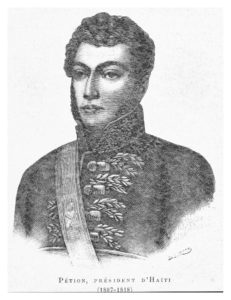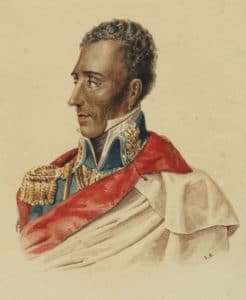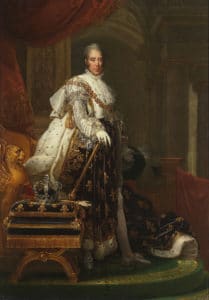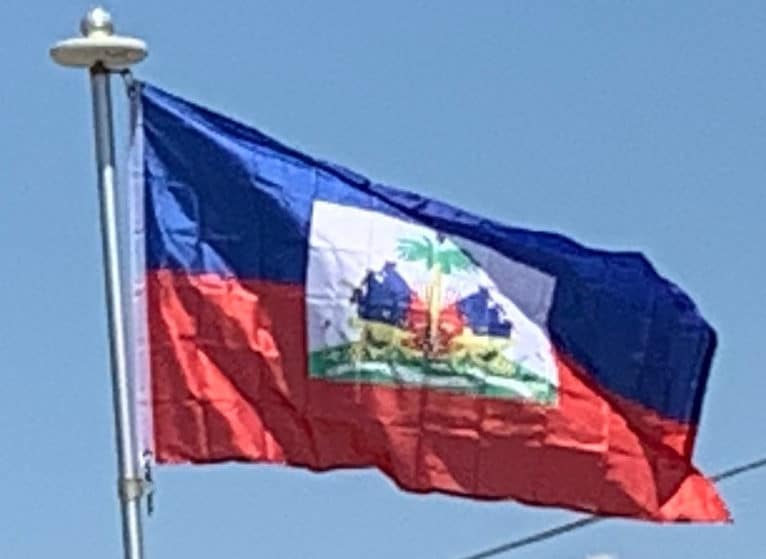
President Pétion also gave military and financial assistance to the revolutionary leader Simón Bolívar, which were critical in enabling him to liberate the Viceroyalty of New Granada. Meanwhile the French, who had managed to maintain a precarious control of eastern Hispaniola, were defeated by insurgents led by Juan Sánchez Ramírez, with the area returning to Spanish rule in 1809 following the Battle of Palo Hincado.
Haitian Invasion of Santo Domingo (1821–1844):
Beginning in 1821, President Jean-Pierre Boyer, also an homme de couleur and successor to Pétion, reunified the island following the suicide of Henry Christophe. After Santo Domingo declared its independence from Spain on 30 November 1821, Boyer invaded, seeking to unite the entire island by force and ending slavery in Santo Domingo.

Struggling to revive the agricultural economy to produce commodity crops, Boyer passed the Code Rural, which denied peasant laborers the right to leave the land, enter the towns, or start farms or shops of their own, causing much resentment as most peasants wished to have their own farms rather than work on plantations.
The American Colonization Society (ACS) encouraged free blacks in the United States to emigrate to Haiti. Starting in September 1824, more than 6,000 African Americans migrated to Haiti, with transportation paid by the ACS. Many found the conditions too harsh and returned to the United States.
In July 1825, King Charles X of France, during a period of restoration of the French monarchy, sent a fleet to reconquer the island. Under pressure, President Boyer agreed to a treaty by which France formally recognized the independence of the nation in exchange for a payment of 150 million francs.

By an order of 17 April 1826, the King of France renounced his rights of sovereignty and formally recognized the independence of Haiti. The enforced payments to France hampered Haiti’s economic growth for years, exacerbated by the fact that many Western nations continued to refuse formal diplomatic recognition to Haiti; Britain recognized Haitian independence in 1833, and the United States not until 1862. Haiti borrowed heavily from Western banks at extremely high interest rates to repay the debt. Although the amount of the reparations was reduced to 90 million in 1838, by 1900 80% of the country’s gross domestic product was being spent on debt repayment and the country did not finish repaying it until 1947.
Loss of the Spanish Portion of the Island:
After losing the support of Haiti’s elite, Boyer was ousted in 1843, with Charles Rivière-Hérard replacing him as president. Nationalist Dominican forces in eastern Hispaniola led by Juan Pablo Duarte seized control of Santo Domingo on 27 February 1844. The Haitian forces, unprepared for a significant uprising, capitulated to the rebels, effectively ending Haitian rule of eastern Hispaniola. In March Rivière-Hérard attempted to reimpose his authority, but the Dominicans put up stiff opposition and inflicted heavy losses. Rivière-Hérard was removed from office by the mulatto hierarchy and replaced with the aged general Philippe Guerrier, who assumed the presidency on 3 May 1844.
